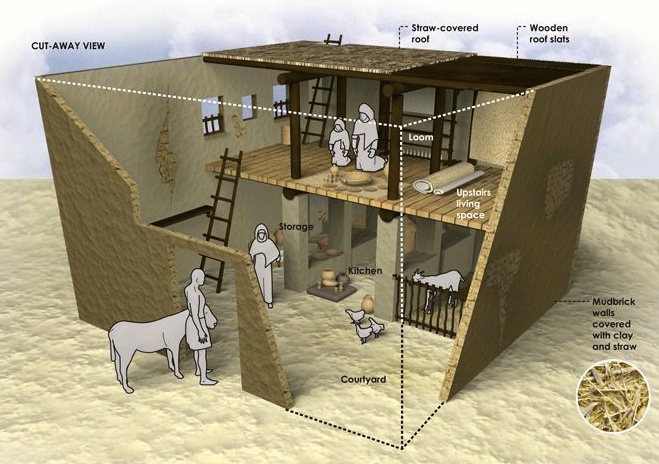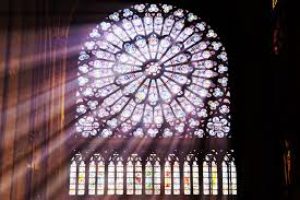Everyone knows how the Christmas story goes. As Stanley Hudson vehemently asserted in the most recent episode of The Office (8.10 Christmas Wishes) regarding the sensitivity to celebrate everything but Christmas during the Holidays:
I want Christmas! Just give me plain-baby-Jesus-lying-in-a-manger Christmas!
When our culture boils down the Christmas event it looks like this: baby Jesus in a manger. We’ve seen live nativity scenes and some of us have small-scale versions of it around our homes. Luke 2 is on the minds of many this season, if from no other venue than Linus’ famous speech in A Charlie Brown Christmas. So we’re all very familiar with the classic set-up of the event, but is it possible that the popular version of the story needs some tweaking? Theologically we’re inundated with quasi-Docetic statements about Jesus such as the idea that Jesus was a calm and peaceful baby. In Away in a Manger we sing, “But Little Lord Jesus no crying he makes.” Yet if Chalcedon means anything here, I’ll say emphatically that Jesus cried… like a baby. But specifically for this post I’m interested in the historical tweaking that we need for how we conceive of Jesus in a manger.
The major problem with the classic nativity story is the idea that Joseph and Mary were denied access to the town’s inn. Yet this aspect of the story is most likely not accurate. There are at least 5 reasons for this:
1) The Greek word translated as “inn” in most translations of Lk 2.7 is κατάλυμα, which can refer to an inn, but can also refer to the guest-room of a house. This note about the Greek word used here is particularly noteworthy when one considers that in the parable of the Good Samaritan Luke uses the more specific word for “inn” (Lk 10.34: πανδοχεῖον). Additionally, later in Luke’s Gospel κατάλυμα is used to refer to the guest room of a house (Lk 22.11). The premiere Greek-lexicon, BDAG, confirms this reading for Lk 2. Also the 2011 edition of the NIV reads ‘guest room,’ although the 1984 version contains the translation ‘inn.’
2) Bethlehem was not a booming metropolis thus it is not likely that there was an inn within the small town.
3) Joseph and Mary were required to return to Bethlehem because of the census (Lk 2.1-3). Thus, they were returning to be counted along with other family members (Lk 2.4). Considering that Bethlehem was a small town it is unlikely that Joseph’s family would not have helped to welcome them into their homes. This point in fact coordinates well with the first point above. The homes were so overwhelmed with incoming family that there was no available space in the main living quarters or the guest room (the κατάλυμα), so Joseph and Mary had to reside in the lower chamber reserved for the family’s animals. Thus, the ‘manger’ was most likely not some detached animal shelter, but was a lower-level of the house devoted to a family’s animals.
4) Lk 2.6 gives the impression that Joseph and Mary were in Bethlehem for some time: “While they were there.” Thus, Mary didn’t give birth to Jesus upon arrival (as the story is often told), but they were there for some length of time (likely with family).
5) In conjunction with point 4, they also appear to have stayed in Bethlehem for some time after the birth of Jesus (Lk 2.21-22). This could possibly fit better with the idea that Joseph and Mary were staying with family.
Of course, the point of the first Christmas remains the same. There is no major change to the meaning or importance of the event. Jesus was still born in lowly circumstances in a small, negligible town. Some readers may find this information borderline worthless. But if it serves any purpose, hopefully this historical insight might give you a fresh perspective with which to look at this familiar event with new appreciation.





Leave a Reply
Your email is safe with us.